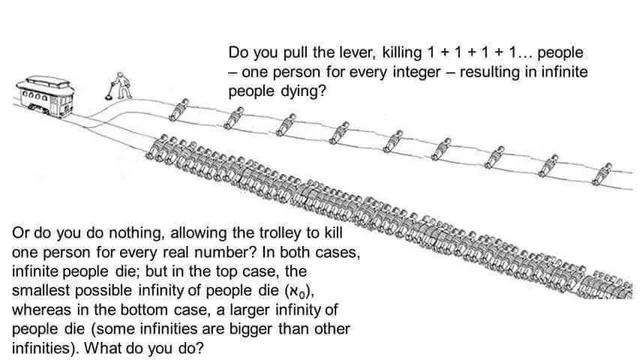this post was submitted on 27 Feb 2024
8 points (100.0% liked)
Science Memes
14451 readers
2351 users here now
Welcome to c/science_memes @ Mander.xyz!
A place for majestic STEMLORD peacocking, as well as memes about the realities of working in a lab.

Rules
- Don't throw mud. Behave like an intellectual and remember the human.
- Keep it rooted (on topic).
- No spam.
- Infographics welcome, get schooled.
This is a science community. We use the Dawkins definition of meme.
Research Committee
Other Mander Communities
Science and Research
Biology and Life Sciences
- !abiogenesis@mander.xyz
- !animal-behavior@mander.xyz
- !anthropology@mander.xyz
- !arachnology@mander.xyz
- !balconygardening@slrpnk.net
- !biodiversity@mander.xyz
- !biology@mander.xyz
- !biophysics@mander.xyz
- !botany@mander.xyz
- !ecology@mander.xyz
- !entomology@mander.xyz
- !fermentation@mander.xyz
- !herpetology@mander.xyz
- !houseplants@mander.xyz
- !medicine@mander.xyz
- !microscopy@mander.xyz
- !mycology@mander.xyz
- !nudibranchs@mander.xyz
- !nutrition@mander.xyz
- !palaeoecology@mander.xyz
- !palaeontology@mander.xyz
- !photosynthesis@mander.xyz
- !plantid@mander.xyz
- !plants@mander.xyz
- !reptiles and amphibians@mander.xyz
Physical Sciences
- !astronomy@mander.xyz
- !chemistry@mander.xyz
- !earthscience@mander.xyz
- !geography@mander.xyz
- !geospatial@mander.xyz
- !nuclear@mander.xyz
- !physics@mander.xyz
- !quantum-computing@mander.xyz
- !spectroscopy@mander.xyz
Humanities and Social Sciences
Practical and Applied Sciences
- !exercise-and sports-science@mander.xyz
- !gardening@mander.xyz
- !self sufficiency@mander.xyz
- !soilscience@slrpnk.net
- !terrariums@mander.xyz
- !timelapse@mander.xyz
Memes
Miscellaneous
founded 2 years ago
MODERATORS
you are viewing a single comment's thread
view the rest of the comments
view the rest of the comments

The set, that has a measurable starting point, is a finite object. If infinity can be measured, then you have created a finite space, one that can be measured, within an infinite space, infinity itself, which cannot be measured. Infinity remains untouched and undivided. The sets that represent infinity are finite objects, that represent an infinite space, a representation which they can never truly achieve.
Maybe we should talk about what "infinite" means. I'd like to propose the following idea: a sequence of things is infinite, if there is always "one more" object to consider. We could also say that for any number of finite steps, there is always another object of the series we haven't looked at yet.
As an example, the sequence of natural numbers would satisfy this: if I start considering the sequence 1, 2, 3 and so on, if I ever stop after finite time (say 1729 steps), I can always compute +1 to find another element of the sequence I haven't seen yet.
Also consider the following: the set of all numbers between 0 and 1 is in some sense bounded. However, I can find an infinite sequence of numbers in this set: consider 1/1, 1/2, 1/3, 1/4, ...
These numbers are always between 0 and 1, and are infinitely decreasing.
Perhaps the confusion comes from you talking about infinity as in a number which is larger than any real or natural number, while I'm talking about sizes of sets of infinite size. As I had demonstrated earlier, we can show the existence of uncountable infinite vs countably infinite sets, while such distinctions don't really come up in limit theory and calculus.